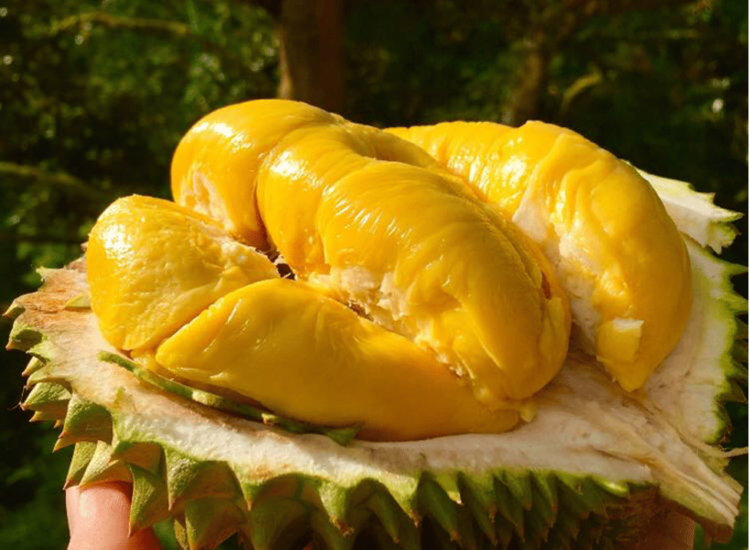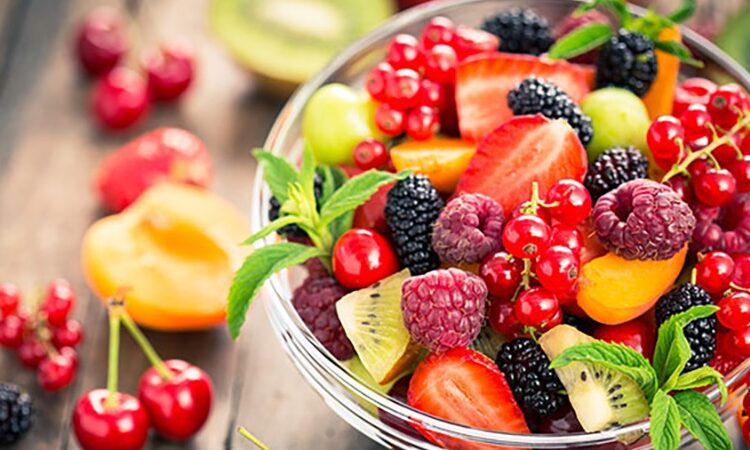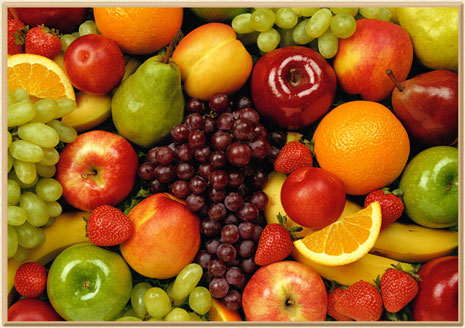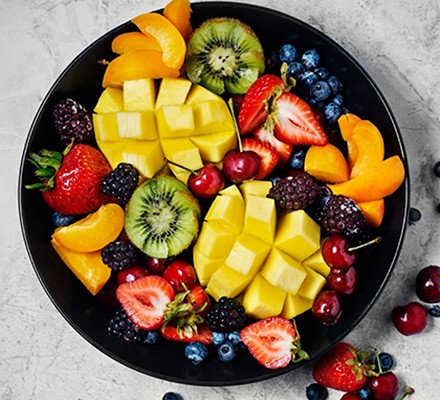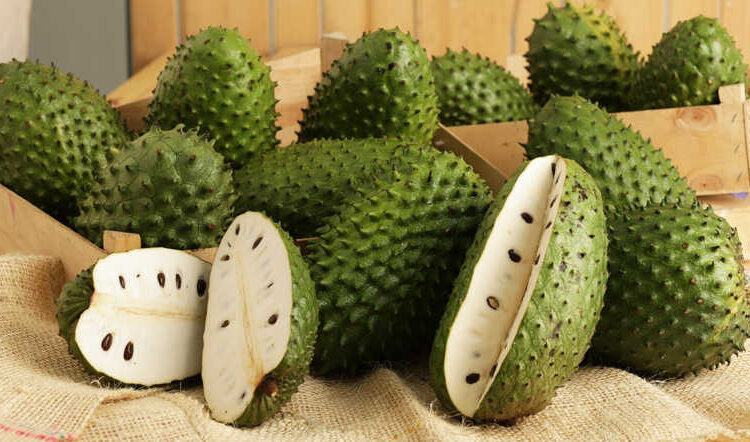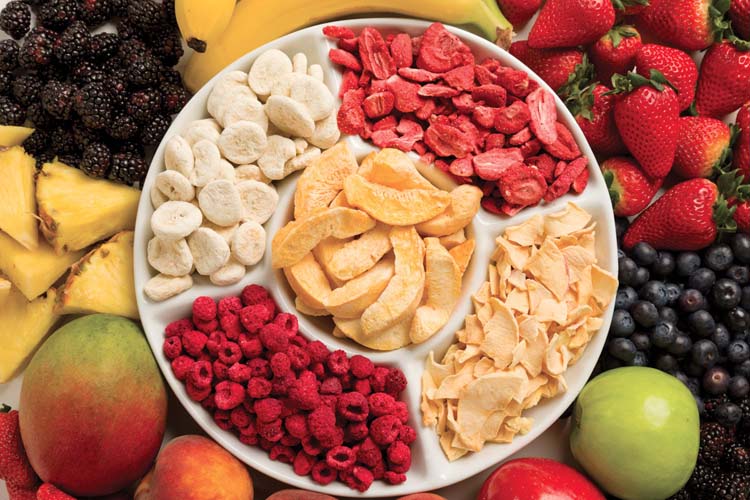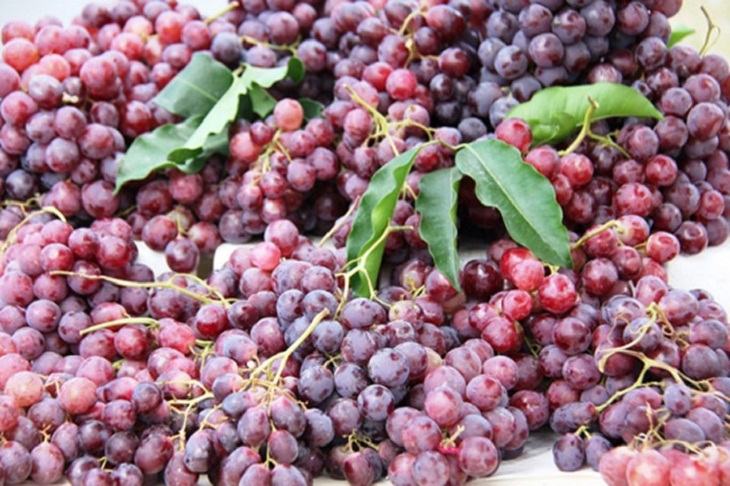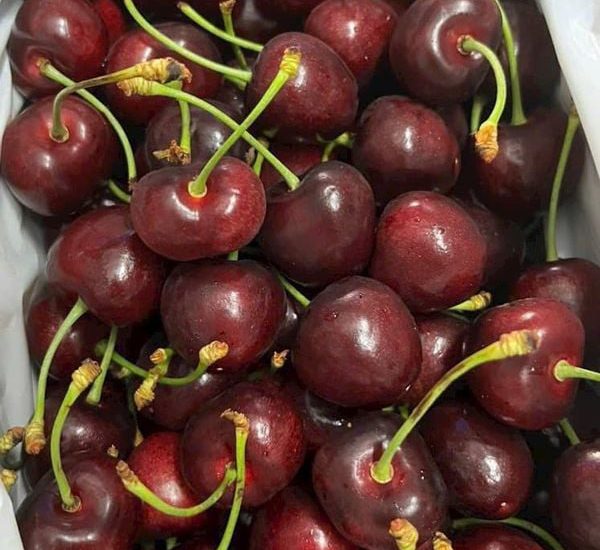Nature’s Hydrator: Unpacking the Nutrition and Mastering the Art of Choosing a Ripe Watermelon
Watermelon is an undisputed icon of summer. Its vibrant pink or red flesh, speckled with black seeds, encased in a tough green rind, is synonymous with picnics, barbecues, and refreshing relief from the heat. While its sweet, juicy taste makes it a universally loved treat, watermelon is far more than just delicious; it is a powerhouse of hydration and packed with beneficial nutrients. However, unlocking the full flavor and nutritional potential of this fruit relies heavily on one crucial skill: knowing how to pick a good one. Understanding both the internal benefits and the external indicators of ripeness is key to truly appreciating this magnificent melon.
A Hydration Powerhouse: Nutritional Benefits of Watermelon
Watermelon lives up to its name, being composed of about 92% water. This exceptionally high water content makes it one of the most hydrating foods available. In hot weather or after physical activity, consuming watermelon is a delicious way to replenish fluids and electrolytes, helping to prevent dehydration and keep the body cool and functioning optimally. This hydration factor also contributes to its relatively low calorie count; despite its sweetness, a standard serving is quite light, making it an excellent choice for those managing their weight.
Beyond its hydrating capabilities, watermelon is a good source of several essential vitamins and minerals:
- Vitamin C: A potent antioxidant vital for immune function, skin health (collagen synthesis), and protecting cells from damage caused by free radicals.
- Vitamin A: Watermelon’s red or pink color is largely due to beta-carotene, a precursor that the body converts into Vitamin A. Vitamin A is crucial for eye health, immune function, and cell growth.
- Potassium: An important mineral that plays a key role in maintaining fluid balance, nerve signals, and muscle contractions, including regulating blood pressure.
- Magnesium: Involved in hundreds of biochemical reactions in the body, including muscle and nerve function, blood glucose control, and blood pressure regulation.
However, the nutrient that truly makes watermelon stand out is Lycopene. This powerful antioxidant is a carotenoid compound responsible for the fruit’s characteristic red color (seedless varieties often have higher concentrations than seeded ones). Lycopene is well-known for its potential role in protecting against certain types of cancer and promoting heart health by reducing cholesterol and blood pressure. It’s also believed to contribute to skin protection from sun damage and have anti-inflammatory properties. Watermelon contains higher levels of lycopene than fresh tomatoes, making it a significant dietary source.
Related articles 01:
1. https://traicay350.com/natures-tiny-warriors-exploring-the-top-5-antioxidant-rich-fruits/
2. https://traicay350.com/sweet-globe-va-autumn-crisp-2-dong-nho-xanh-ngon-va-cach-phan-biet/
3. https://traicay350.com/mam-ngu-qua-ngay-tet-bieu-tuong-dam-da-ban-sac-viet/
4. https://traicay350.com/hoa-qua-huu-co-co-gia-tri-dinh-duong-gi-dac-biet/
Another noteworthy compound found in watermelon is Citrulline. This non-essential amino acid is particularly concentrated in the white rind, but also present in the flesh. When consumed, citrulline is converted into another amino acid called Arginine in the kidneys. Arginine is important for blood circulation and has been studied for its potential benefits in improving exercise performance and helping to lower blood pressure.
Watermelon also provides a small amount of fiber, which aids digestion, and its natural sweetness comes without the added sugars found in many processed snacks, satisfying a sweet craving in a healthy way. Incorporating watermelon into a balanced diet offers a range of benefits, from vital hydration to powerful antioxidant protection.
The Art of Selection: Choosing a Ripe Watermelon
Enjoying the full nutritional benefits and delicious taste of watermelon hinges on selecting a ripe one. An unripe watermelon will be pale, less sweet, and lacking in flavor, while an overripe one can be mushy and less appealing. Fortunately, there are several time-tested methods and visual cues that seasoned melon pickers use to identify the perfect fruit. It’s best to use a combination of these techniques rather than relying on just one.
- The Field Spot (Ground Spot): Look for a large, discolored patch on the underside of the watermelon. This spot is where the melon rested on the ground as it ripened. A ripe watermelon will have a creamy yellow or even orange-yellow spot. Avoid melons with a white, pale green, or absent field spot; this indicates it was likely picked too early and is not ripe. The larger and darker yellow the spot, the longer it likely ripened on the vine.
- The Weight Test: Pick up the watermelon. It should feel heavy for its size. This heaviness is a direct indicator of its water content, which correlates with juiciness and ripeness. A light watermelon for its size may be dry or underripe.
- The Thump Test: This is perhaps the most famous, though sometimes debated, method. Gently tap the watermelon rind with your knuckles. Listen to the sound produced. A ripe watermelon should emit a deep, hollow sound, sometimes described as a dull thud or a resonant “pong.” An unripe melon might sound higher-pitched or too hard, while an overripe one might produce a duller, flatter thud with no resonance. Practice helps distinguish the ideal sound.
- The Tendril (Stem) Test: If the stem or a curly tendril is still attached to the melon where it was cut from the vine, examine it. A dry, shriveled, and curled tendril is a good sign that the melon is ripe and stopped receiving nutrients from the vine naturally. If the tendril is green and vibrant, the melon might have been harvested prematurely.
- The Dullness of the Rind: Look at the overall sheen of the rind. A ripe watermelon typically has a dull appearance. A shiny rind often indicates that the melon is still developing and not yet ripe.
- Webbing and Sugar Spots: Look for dry, raised, web-like brown lines or patches on the rind. These are often called “sugar spots” or “pollination scars” and are caused by sugar pushing its way out and drying. More webbing can sometimes indicate a sweeter melon. Small black dots where sugar has seeped and dried can also be a good sign.
- Shape: While not as critical as the other factors, a uniformly shaped watermelon (round or oval, depending on the variety) that is not lopsided can indicate consistent growth and potentially even ripeness.
Combining the observation of a creamy yellow field spot, a heavy feel, a hollow thump, and potentially a dry tendril offers the best chance of selecting a perfectly ripe and delicious watermelon.
Bringing Nutrition and Flavor Together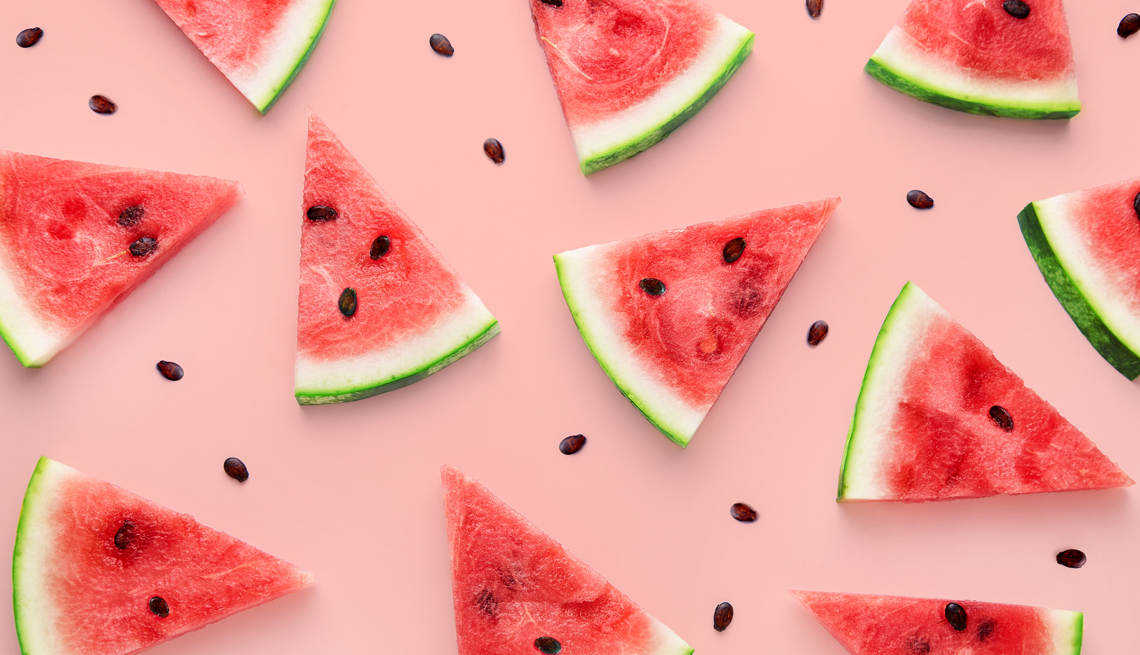
Related articles 02:
2. https://traicay350.com/dua-tet-hac-my-nhan/
3. https://traicay350.com/trai-cay-dong-lanh-iqf-cach-su-dung-va-bao-quan/
The art of choosing a ripe watermelon is intrinsically linked to its nutritional value. A melon picked at the peak of ripeness will not only taste sweeter and more flavorful but its beneficial compounds, like Lycopene and Vitamin C, will have fully developed. Enjoying a perfectly ripe watermelon means savoring its natural sweetness and refreshing juiciness while simultaneously flooding your body with hydration and valuable antioxidants. Whether sliced, cubed, blended into a drink, or added to a salad, a ripe watermelon is a delightful and healthy addition to any diet.
Conclusion
Watermelon is a remarkable fruit that offers a bounty of benefits, from its incredible hydrating power and low-calorie profile to its rich content of vitamins, minerals, and potent antioxidants like Lycopene and Citrulline. Its vibrant color and sweet, juicy flesh make it a beloved treat enjoyed by people of all ages. However, the key to fully appreciating this natural wonder lies in the skill of selecting a ripe one. By paying attention to tell-tale signs like the color of the field spot, its weight, the sound it makes when thumped, the state of its tendril, and the dullness of its rind, anyone can increase their chances of taking home a perfectly ripe, flavorful, and nutritious watermelon. So, next time you’re choosing a melon, apply these simple techniques and prepare to enjoy nature’s ultimate hydrator at its very best.

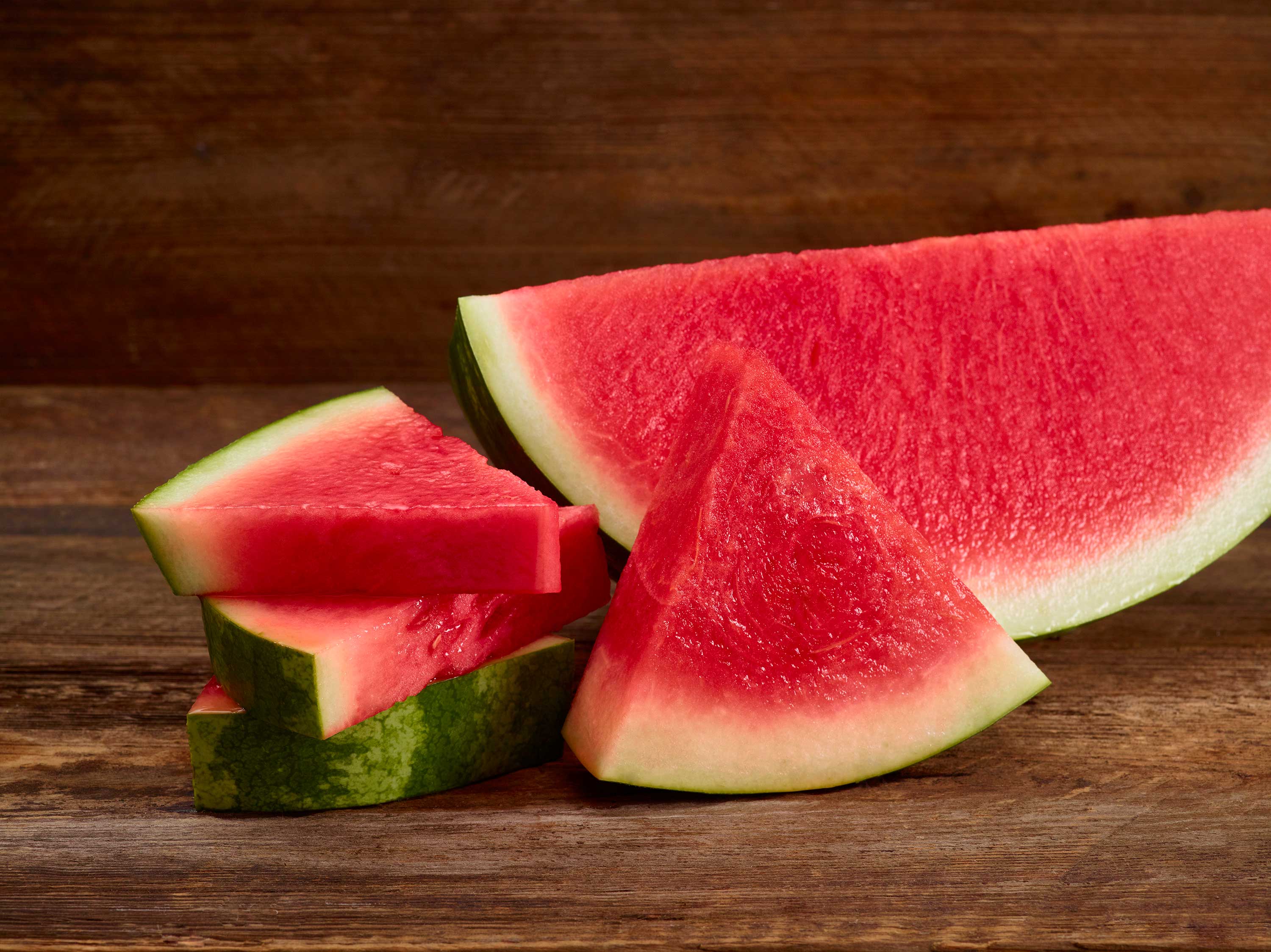
:max_bytes(150000):strip_icc()/GettyImages-127741243-5892285b3df78caebc8da2e8.jpg)

